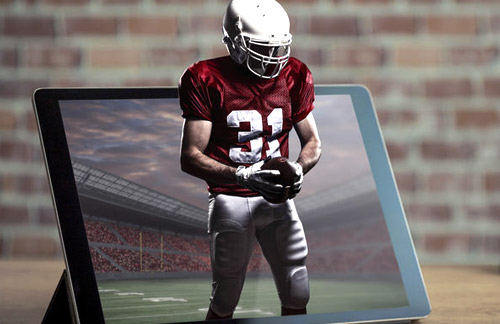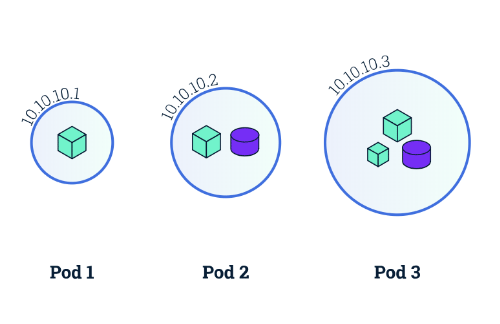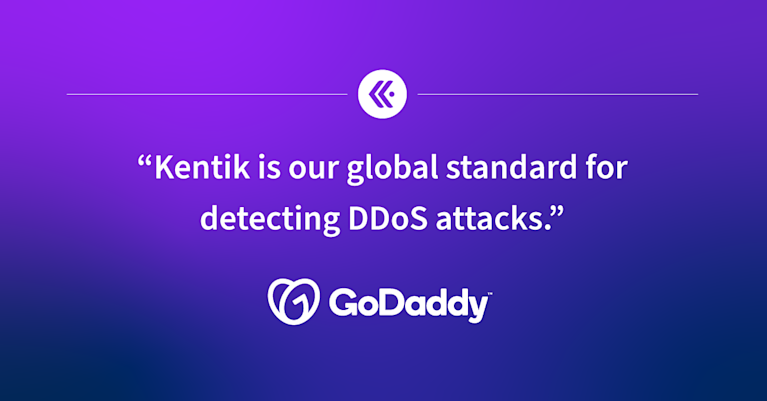Why Network Capacity was Critical for the NFL Draft – And Will Be for Other Sporting Events to Come

Summary
The NFL Draft created a network traffic spike and set an example for other sports leagues considering entirely-online drafts. In this post, we show Kentik’s view of network traffic from the draft and compare it to traffic seen from the Super Bowl. We also discuss why the data shows network capacity is critical for new normals.
If you’re a bigtime football fan or just a sports junkie currently missing live sports, perhaps you tuned into the recent National Football League (NFL) Draft, held entirely online from April 23-25. As one of the first live sporting events to take place during COVID-19, the NFL Draft was somewhat of a test case for other sports leagues considering their own versions of an online draft. The National Basketball Association (NBA) and the National Hockey League (NHL) are just two of the organizations currently considering whether to move forward with draft plans for June.
At Kentik, we wanted to see what network traffic might reveal about viewership of the NFL Draft, as the other leagues consider their options, so we took a look at NFL Network, a streaming service produced by the NFL, and offered through NFL.com. From the Kentik Platform (with the help of some of our largest service provider customers who agree to let us incorporate in their data), we can see that network traffic during the NFL Draft was 10x higher than the average rate of network traffic typically being observed from the NFL streaming service (see graph 1 below).

Graph 1: NFL.com network traffic leading up to and during the NFL Draft
While 10x traffic growth is significant, we wanted to put the NFL Draft traffic growth into perspective by comparing it to Super Bowl LIV, held on February 2, 2020 (just about one month before many shelter-in-place orders took place in many regions).
The Super Bowl had an audience of 102 million people, drawing an average minute audience of 3.4 million on streaming services, including the NFL Network. The NFL Draft, also broadcast on the NFL network and other streaming services, drew an audience of 55 million people, with 1.72 million people watching on the NFL Network.
When comparing streaming of the NFL Draft with streaming of the Super Bowl, we get a much different picture (see graph 2 below). We can see that the Super Bowl generated about 10x the average traffic over a three-month period whereas, in comparison, the NFL Draft generated about 2x traffic growth. It’s also interesting to note that around the second week of March, as many shelter-in-place orders started to roll out across the U.S., we can see that network traffic started to steadily pick up on NFL.com. As you might expect, the correlation could be due to those at home looking for ways to entertain themselves online.

Graph 2: NFL.com network traffic from the Super Bowl to the NFL Draft
From a networking perspective, one big takeaway from this research is that it’s critical to have a comprehensive understanding of what’s going on on the network at any given point in time. Many service providers, including those who provide broadband to our homes, calendar out big online events, like the Super Bowl, well in advance. This ensures that network capacity is readily available and network performance is high so that viewers watch these events online, uninterrupted and without latency.
As COVID-19 changes the way we consume sporting events, tackle our jobs remotely, educate ourselves from a distance, and find a new normal, network traffic data shows us that “the show must go on.” And when it goes on online, networks need to be prepared.
If live sporting events take place with online-only audiences, the data confirms that spectators will show up. So if the NBA and NHL move forward with their draft plans, we expect that, as we learned with the NFL Draft, fans are ready to watch. At Kentik, we’ll continue to watch the network traffic (and the sporting events) to see what happens.



